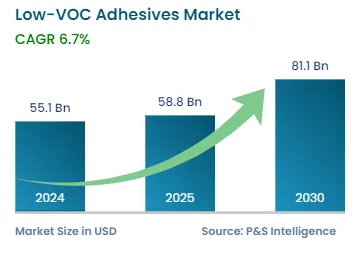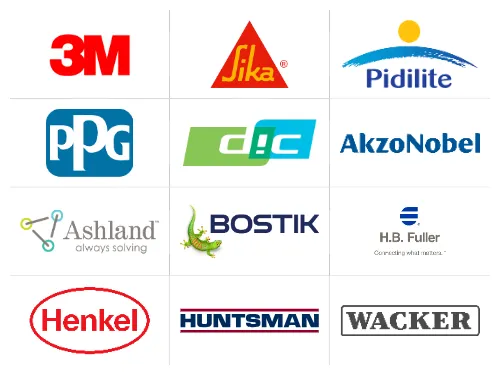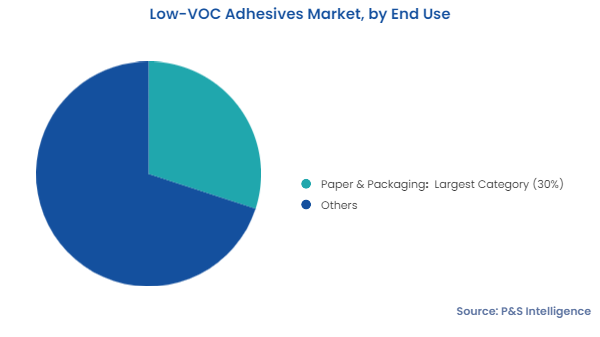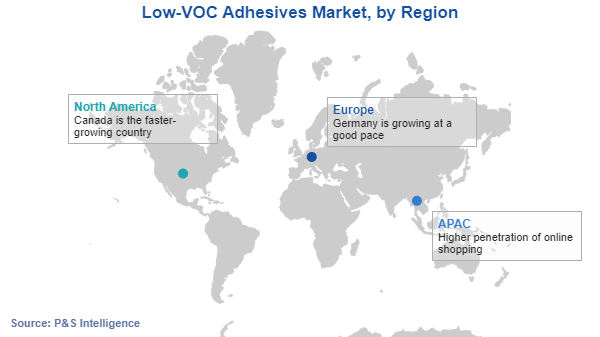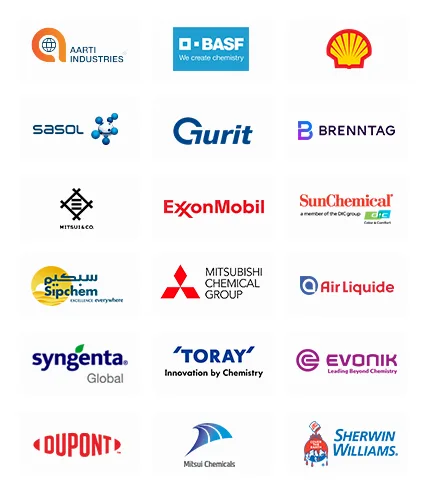Low-VOC Adhesives Market Future Prospects
The global low-VOC adhesives market will generate an estimated revenue of USD 55.1 billion in 2024 and is projected to grow at a CAGR of 6.7% from 2024 to 2030, reaching USD 81.1 billion by 2030. The major factor attributing to the growth of the market is the implementation of stringent regulations by governments to limit VOC content in products for environmental safety. For instance, effective January 1, 2024, Canada has set maximum VOC concentration limits and emission potentials for approximately 130 product categories, including adhesives. These regulations aim to reduce VOC emissions significantly, aligning with both national and international environmental commitments.
Investments by companies in developing countries, especially in the APAC region, along with awareness about green and sustainable construction of buildings and a shift toward low-carbon emitting vehicles are also driving the market upwards. For instance, Henkel started construction on a new manufacturing plant in the Yantai Chemical Industry Park, Shandong Province, China, in 2023 for its Adhesive Technologies business unit with an investment of USD 130 million. In 2023, Henkel opened a new Technology Center in Bridgewater, New Jersey, showcasing its commitment to innovation and sustainability.
Additionally, the rising awareness of environment-friendly and sustainable building techniques as well as the trend toward low-emission automobiles are propelling the market. Low-VOC adhesives are being adopted by the construction, automotive, packaging, and footwear industries to meet customer demand for eco-friendly products and to comply with environmental requirements. To improve product offers and obtain a competitive advantage in the market, manufacturers are concentrating on creating high-performance, low-VOC adhesives.
